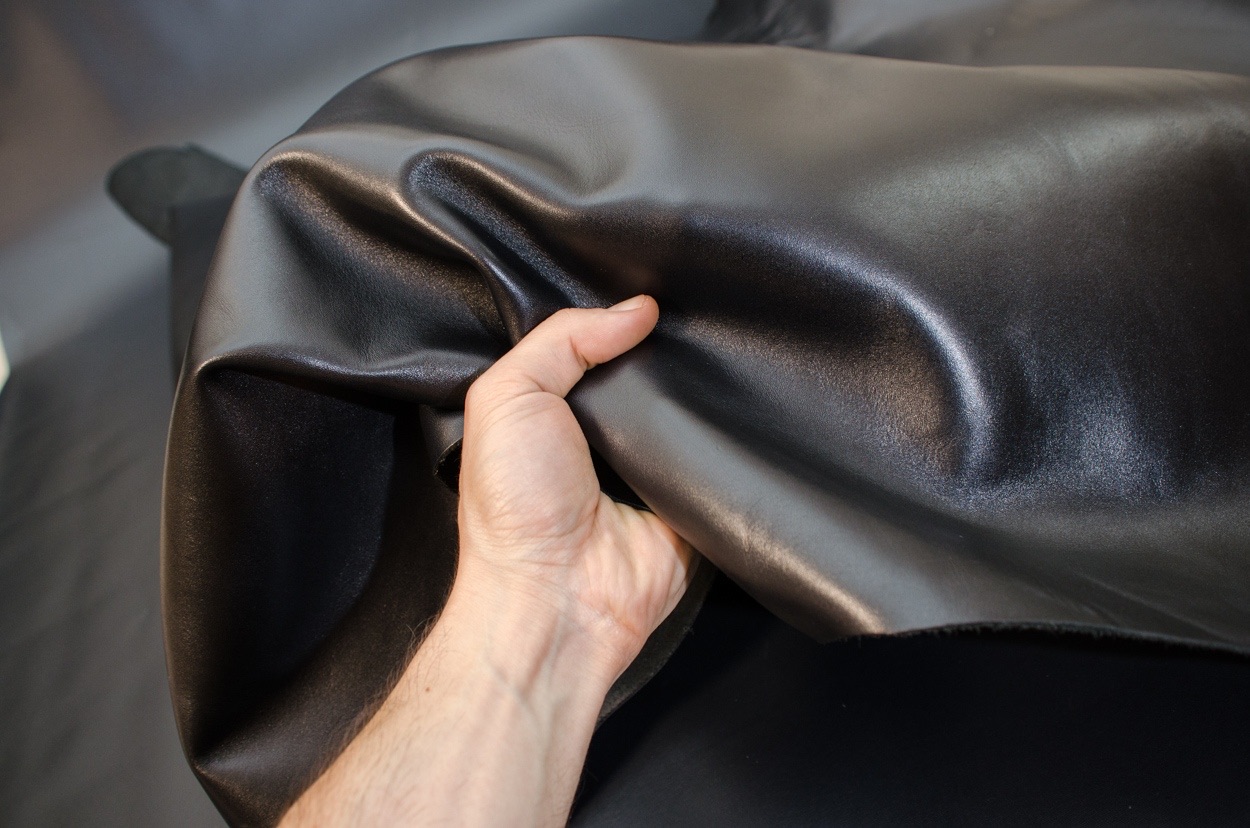

Articles
How To Store Leather Hides
Modified: January 24, 2024
Learn the best way to store and preserve your leather hides with our informative articles. Keep your valuable materials in top-notch condition for future projects.
(Many of the links in this article redirect to a specific reviewed product. Your purchase of these products through affiliate links helps to generate commission for Storables.com, at no extra cost. Learn more)
Introduction
Proper storage of leather hides is crucial to ensure their longevity and quality. Whether you are a professional leatherworker or a hobbyist, knowing how to store your leather hides correctly will protect them from damage and preserve their natural beauty. In this guide, we will explore the essential steps to store leather hides effectively.
Leather is a unique material that requires special care to maintain its durability and appearance. Improper storage can lead to leather becoming dry, cracked, or faded, diminishing its overall value. To prevent this, it is important to create a storage environment that is controlled for temperature, humidity, and light exposure.
In addition to providing a suitable storage space, preparing the leather hides before storage is crucial. This involves cleaning and conditioning the leather to remove any dirt, oils, or stains that may have accumulated. Properly wrapped and covered hides will also shield them from dust, moisture, and other potential sources of damage.
By following the tips and techniques outlined in this guide, you can ensure that your leather hides remain in excellent condition, ready to be used for future projects. Let’s dive into the details of how to store leather hides effectively.
Key Takeaways:
- Properly storing leather hides is crucial for preserving their quality and longevity. Select a suitable storage space, prepare the hides, and maintain a climate-controlled environment to ensure optimal conditions.
- Regular monitoring, preventive measures against pests, and careful retrieval from storage are essential for maintaining the integrity and quality of leather hides. Follow these steps to ensure their longevity and readiness for future use.
Read more: How To Store Leather Jacket
Selecting the Right Storage Space
When it comes to storing leather hides, selecting the right storage space is crucial. The ideal storage area should have a consistent temperature, low humidity levels, and minimal exposure to natural light. Here are some factors to consider when choosing a storage space for your leather hides:
- Temperature: Leather is sensitive to extreme temperature fluctuations. It is best to store leather hides in an area with a stable temperature between 55°F and 75°F (12°C and 24°C). Avoid storing the hides in places that are prone to excessive heat or cold, such as attics, basements, or garages.
- Humidity: High humidity can cause leather to absorb moisture, potentially leading to mold growth or brittleness. Aim for a humidity level between 40% and 50%. If the air is too dry, consider using a humidifier to maintain the proper moisture balance.
- Light Exposure: Prolonged exposure to direct sunlight or artificial light can cause leather to fade and become discolored. Choose a storage space away from windows or install blinds or curtains to block out natural light. If you’re using artificial light in the storage area, opt for low-intensity or UV-filtered lighting.
- Cleanliness: Select a clean and dust-free storage area. Dust particles can settle on the leather and scratch its surface over time. Regular cleaning and maintenance of the storage space are essential to prevent any contaminants that could potentially damage the leather hides.
- Security: Leather hides are valuable, so it’s important to store them in a secure location. Ensure that the storage area has proper locks or security measures in place to protect your hides from theft or unauthorized access.
Once you have identified the ideal storage space, it’s important to organize the area efficiently. Consider using sturdy shelves, racks, or cabinets to store and display your leather hides. Avoid stacking heavy items on top of the hides, as this can cause unnecessary pressure and distort the shape of the hides.
By taking into account these considerations and choosing a suitable storage space, you can ensure that your leather hides are stored in optimal conditions, preserving their quality and longevity for future use.
Preparing Leather Hides for Storage
Before storing your leather hides, it is essential to prepare them properly to ensure their longevity and quality. Here are the steps to follow to prepare your leather hides for storage:
- Inspect for Damage: Begin by carefully inspecting each leather hide. Look for any signs of damage, including cuts, abrasions, or discoloration. It is important to address any existing issues before storing the hides to prevent further deterioration.
- Clean the Hides: Thoroughly clean the leather hides to remove any dirt, oils, or stains. Start by gently brushing off any loose dirt or debris using a soft brush or cloth. Then, wipe the surface of the hide with a damp cloth or a mild leather cleaner. Avoid using harsh chemicals or solvents that can potentially damage the leather.
- Condition the Leather: After cleaning, it is recommended to condition the leather hides to prevent dryness and maintain their suppleness. Apply a leather conditioner or a quality leather oil sparingly on the surface of the hide. Use a clean cloth or sponge to evenly distribute the conditioner. Allow the conditioner to absorb into the leather for the recommended time specified by the product instructions.
- Remove Metal Hardware: If your leather hides have any metal hardware, such as buckles, zippers, or buttons, consider removing them before storing. Metal can corrode over time, potentially staining or damaging the leather. Store the hardware separately in a safe place for future use.
- Air Dry: Allow the leather hides to air dry completely before storing them. Avoid using heat sources, such as hair dryers or heaters, to speed up the drying process, as this can cause the leather to become brittle or warped. Ensure that both sides of the hides are fully dry before proceeding.
Properly preparing your leather hides for storage will help maintain their condition and prevent any deterioration during the storage period. With clean, conditioned, and dry hides, you can ensure that they are ready for storage in the optimal conditions that we will explore in the following sections.
Cleaning and Conditioning Leather Hides
Cleaning and conditioning leather hides is a crucial step in their storage preparation. By removing dirt, oils, and other contaminants, and applying proper conditioning techniques, you can ensure that your hides remain in optimal condition while in storage. Here’s how to effectively clean and condition leather hides:
- Remove Surface Dirt: Begin by removing any loose dirt or debris from the leather hides. Use a soft-bristled brush or a clean cloth to gently brush away the particles. Pay attention to creases and folds where dirt and dust are more likely to accumulate.
- Spot Clean Stains: If you notice any stains on the leather hides, it’s important to address them before storing. Dampen a clean cloth with a mild leather cleaner or a mixture of water and mild soap. Gently blot the stained area, avoiding excessive rubbing or scrubbing, which can damage the leather. Once the stain is removed, use a fresh damp cloth to wipe away any residue and allow the hide to air dry.
- Condition the Leather: Conditioning leather is essential to keep it soft, supple, and prevent it from drying out. Choose a high-quality leather conditioner or leather oil that is suitable for the type of leather you have. Apply a small amount of the conditioner to a clean, lint-free cloth, and rub it gently into the entire surface of the hide. Make sure to cover both sides of the hide, paying extra attention to areas prone to drying or cracking.
- Allow Absorption: After applying the leather conditioner, allow the hides to absorb the product for a recommended time specified by the manufacturer. This will ensure that the leather fully absorbs the conditioning agents, leaving it nourished and protected.
- Remove Excess Conditioning: After the absorption time, use a clean cloth to lightly buff the surface of the hides and remove any excess conditioner. This will prevent any sticky or greasy residue from accumulating on the leather’s surface.
It’s important to note that different types of leather may require specific cleaning and conditioning techniques. Always refer to the manufacturer’s recommendations or consult with a leather care professional if you are unsure about the appropriate products or methods to use for your specific type of leather.
By regularly cleaning and conditioning your leather hides, you not only prepare them for storage but also extend their lifespan and maintain their quality and appearance. Clean, conditioned hides are more resistant to drying, cracking, and other forms of damage, ensuring that they remain in excellent condition while in storage.
Wrapping and Covering Leather Hides
Properly wrapping and covering your leather hides is an essential step in their storage process. By providing a protective barrier, you can shield them from dust, moisture, and other potential sources of damage. Here’s how to wrap and cover your leather hides effectively:
- Use Acid-Free Tissue Paper: Before wrapping the leather hides, consider placing acid-free tissue paper between any folds or creases. This will help prevent the hides from sticking together or developing permanent marks during storage.
- Choose Breathable Materials: When selecting a covering material, opt for breathable fabrics like cotton or muslin. Avoid using plastic or vinyl covers, as these can trap moisture and create a breeding ground for mold or mildew.
- Wrap Individually: For added protection, wrap each leather hide individually. Lay the hide on a clean, flat surface and fold it neatly, ensuring that any exposed edges are protected. Place acid-free tissue paper or a clean cotton cloth between each fold to minimize contact and potential friction.
- Secure the Wrapping: Once the hide is folded, secure it with cotton twine or fabric ties. Avoid using rubber bands or materials with elastic, as they can create indentations or marks on the leather over time. Make sure the hide is securely wrapped without applying excessive pressure.
- Cover with a Cotton Sheet: After wrapping the individual leather hides, cover them with a breathable cotton sheet or fabric. This additional layer of protection will further safeguard them from dust and light exposure. Ensure that the sheet is large enough to fully cover and enclose the wrapped hides.
- Label the Covers: To easily identify the hides in storage, label the covers with relevant information such as the type of leather, color, or any other details that may be necessary for future use or reference.
It’s important to remember that leather needs to breathe to prevent moisture buildup and maintain its quality. Therefore, it’s crucial to check on the stored leather hides periodically, especially in humid climates, to ensure they remain dry and properly ventilated. If any signs of moisture or mold are detected, take immediate action to address the issue.
By wrapping and covering your leather hides with care, you can protect them from potential damage or deterioration while stored. This helps maintain their natural beauty and prepares them for safekeeping until they are ready to be used in your future projects.
Store leather hides in a cool, dry place away from direct sunlight and heat sources. Avoid plastic bags, which can trap moisture. Instead, use breathable fabric or paper to allow air circulation.
Read more: How To Store Leather Furniture
Storing Leather Hides in a Climate-Controlled Environment
One of the key factors in properly storing leather hides is maintaining a climate-controlled environment. This ensures that the temperature and humidity levels are kept within optimal ranges, preventing damage and deterioration. Here’s how to store leather hides in a climate-controlled environment:
- Temperature Control: Leather hides should be stored in a space with a consistent temperature between 55°F and 75°F (12°C and 24°C). Avoid storing them in areas that are prone to extreme temperature fluctuations, such as attics or basements. Fluctuating temperatures can cause the leather to expand and contract, leading to cracking or warping.
- Humidity Control: High humidity levels can promote mold growth and cause leather to become damp and prone to damage. Aim for a humidity level between 40% and 50%. Use a dehumidifier or humidifier, if necessary, to maintain a stable humidity range. Avoid exposing the leather to direct sources of moisture or storing them in damp areas.
- Avoid Sunlight and Artificial Light: Exposure to direct sunlight or harsh artificial light can cause leather to fade and become discolored over time. Store your leather hides in a location away from windows or cover the windows with UV-blocking curtains or blinds. If using artificial light in the storage area, opt for low-intensity or UV-filtered lighting options.
- Avoid Air Vents and Drafts: Direct air vents or drafts can cause the leather to dry out and become brittle. Ensure that the storage area is not directly in the path of air conditioning or heating vents. If there are drafts in the room, consider using baffles or deflectors to redirect the airflow away from the leather hides.
- Consider Storage Containers: If possible, store the wrapped leather hides in breathable fabric or acid-free cardboard containers. These containers help maintain a stable environment within the storage area and provide an additional layer of protection against dust and light exposure.
- Monitor the Environment: Regularly monitor the temperature and humidity levels in the storage area using a hygrometer and a thermometer. This will allow you to make any necessary adjustments or take precautions if the conditions deviate from the ideal ranges.
By storing your leather hides in a climate-controlled environment, you can ensure that they are preserved in optimal conditions and protected from damage. A stable temperature and humidity level will help maintain the integrity of the leather and prevent issues such as drying, cracking, or mold growth.
Investing in a proper storage area and maintaining climate control measures will contribute significantly to the long-term durability and quality of your leather hides.
Monitoring and Inspecting Stored Leather Hides
Proper monitoring and regular inspections of stored leather hides are essential to ensure their continued well-being. By monitoring the storage environment and inspecting the hides periodically, you can identify and address any potential issues before they cause significant damage. Here’s how to effectively monitor and inspect your stored leather hides:
- Temperature and Humidity: Continuously monitor the temperature and humidity levels in the storage area using a hygrometer and thermometer. Check the readings regularly to ensure they remain within the recommended ranges. If you notice any drastic fluctuations or deviations, take immediate action to rectify the situation.
- Inspect for Signs of Mold or Mildew: Regularly inspect the wrapped leather hides for any signs of mold or mildew growth. Look for dark spots, musty smells, or any visible signs of fungal growth. If you detect any mold or mildew, take immediate action to prevent further contamination by cleaning the affected areas and increasing ventilation in the storage area.
- Check for Pest Infestation: Keep an eye out for any signs of pest infestation, such as droppings, chew marks, or evidence of insect activity. Leather hides can be attractive to pests, including moths, beetles, and rodents. If you suspect any infestation, take prompt measures to eliminate the pests and protect your hides.
- Inspect for Moisture or Water Damage: Regularly inspect the leather hides for any signs of moisture or water damage. Check for dampness, discoloration, or a musty smell. If you detect any moisture or water damage, address it immediately to prevent further deterioration of the leather.
- Check Integrity of Wrapping and Covers: Inspect the wrapping materials and covers of the leather hides for any signs of wear, tear, or damage. Ensure that they are still properly securing the hides and providing adequate protection. Replace any worn or damaged wrapping materials or covers to maintain optimal storage conditions.
- Reposition and Rotate: Periodically reposition the stored leather hides and rotate their positions within the storage area. This helps prevent prolonged pressure on specific areas of the hides and ensures even exposure to the storage environment.
Regular inspections and vigilant monitoring of your stored leather hides will help identify any issues early on and allow for timely interventions. By addressing potential problems promptly, you can protect your leather hides from further damage and ensure their long-term preservation.
Remember, prevention is key when it comes to maintaining the quality of your leather hides, so make it a habit to inspect and monitor them regularly during the storage period.
Preventing Pest Infestation in Leather Hides
Preventing pest infestation is crucial to safeguard the integrity of your stored leather hides. Pests such as moths, beetles, and rodents can cause significant damage to leather, leading to irreparable harm. By taking proactive measures, you can prevent pests from infiltrating your storage area and damaging your precious hides. Here are some effective strategies to prevent pest infestation:
- Keep the Storage Area Clean: Maintaining cleanliness in the storage area is vital for pest prevention. Regularly remove any debris, food crumbs, or organic material from the surroundings. Pests are attracted to these food sources, so ensuring a clean environment can deter them.
- Seal Potential Entry Points: Close off any openings or cracks in the walls, floors, or windows that pests could use to access the storage area. Pay attention to areas around pipes, vents, and electrical conduits. Use caulk or sealant to seal these entry points and prevent pests from gaining entry.
- Store in Pest-Resistant Containers: Consider using pest-resistant storage containers for your leather hides. Opt for containers made of materials such as plastic or metal, as they are less likely to be penetrated by pests compared to cardboard boxes or bags. Ensure the containers have tight-fitting lids to prevent pests from gaining access.
- Use Natural Pest Repellents: Certain natural substances can act as effective pest repellents. For example, cedar chips or cedar oil has been known to repel moths and beetles. You can place sachets of cedar chips or use cedar oil on cotton balls and strategically place them around the storage area to deter pests.
- Maintain Proper Ventilation: Good ventilation is essential in preventing pest infestation. Keep the storage area well-ventilated to discourage the buildup of moisture and humidity, as these conditions can attract pests. Use fans or dehumidifiers, if necessary, to maintain proper airflow and moisture control.
- Regularly Inspect and Rotate: Routinely inspect your stored leather hides for any signs of pest activity. Look for pest droppings, damage, or webs. If you notice any signs, take immediate action to address the issue. Additionally, periodically rotate the hides to prevent pests from becoming accustomed to a particular environment.
- Consult Pest Control Professionals: If you are dealing with persistent or severe infestations, it may be necessary to seek assistance from professional pest control experts. They can identify the source of the infestation and provide targeted treatments to eliminate pests effectively.
By implementing these preventive measures, you can significantly reduce the risk of pest infestation in your stored leather hides. It is crucial to remain vigilant and regularly monitor the storage area for any signs of pest activity. Early detection and prompt action are key to preventing extensive damage to your valuable leather hides.
Remember, prevention is always better than treatment when it comes to pests, so prioritize these preventive measures to protect your leather hides from uninvited guests.
Retrieving Leather Hides from Storage
When the time comes to retrieve your leather hides from storage, it is important to do so properly to ensure their safe handling and preservation. Here are some steps to follow when retrieving leather hides from storage:
- Prepare the Workspace: Clear a clean and spacious workspace where you can unwrap and inspect the leather hides. Make sure the area is free from any potential contaminants that could transfer onto the hides.
- Carefully Unwrap the Hides: Start by removing the covers and unraveling the wrapping materials from the leather hides. Take your time to avoid any unnecessary bending or stretching of the hides during the unwrapping process.
- Inspect for Damage: Thoroughly inspect each leather hide for any signs of damage or deterioration. Look for cuts, mold, discoloration, or any other issues. Address any concerns immediately to prevent further damage.
- Clean and Condition: If needed, clean the leather hides using mild leather cleaner or a mixture of water and mild soap. Gently blot away any stains or spots, being careful not to rub or scrub vigorously. Once cleaned and dry, you may apply a leather conditioner to maintain their suppleness and restore any lost moisture.
- Air Out: Allow the leather hides to air out for a short period after unwrapping and cleaning. This helps eliminate any residual odors and promotes proper ventilation for the hides.
- Organize and Store: Once the leather hides are inspected and prepared, it’s time to organize and store them in a suitable location. Ensure the storage area meets the temperature and humidity requirements outlined in earlier sections. Consider using acid-free tissue paper or fabric to separate the hides and prevent them from sticking together.
- Label and Document: To make future retrieval easier, label each leather hide with relevant information such as the type of leather, color, and any unique characteristics. Keep a detailed inventory of your stored hides to have a record of what is available and make planning for future projects more convenient.
Remember, as you handle the leather hides during retrieval, be gentle and avoid excessive bending, folding, or placing heavy objects on top of them. Proper care and handling will help maintain their integrity and ensure they are ready for use in your upcoming leatherworking projects.
By following these steps, you can retrieve your leather hides from storage efficiently and ensure they remain in excellent condition for the next stage of their journey.
Read more: How To Store Leather Boots
Conclusion
Properly storing leather hides is essential to preserve their quality and prolong their lifespan. By following the steps outlined in this guide, you can ensure that your leather hides remain in excellent condition while in storage. Selecting the right storage space, preparing the hides, cleaning and conditioning, wrapping and covering, and storing in a climate-controlled environment are all crucial aspects of leather hide storage.
Choosing a suitable storage area with optimal temperature and humidity levels is the first step. Preparing the leather hides by inspecting, cleaning, and conditioning them ensures that they are in their best possible condition before storage.
Wrapping and covering the hides with breathable materials provide a protective barrier against dust, moisture, and light exposure. Storing the hides in a climate-controlled environment helps maintain the ideal temperature and humidity, which are vital for preserving leather quality.
Regular monitoring and inspections of the stored hides allow for early detection of any issues such as mold, pests, or moisture. Prevention is key, so taking measures to prevent pest infestation and maintaining a clean storage area is essential.
When it’s time to retrieve the leather hides from storage, handle them carefully, inspect for damage, clean and condition if necessary, and organize them properly in the storage area. Labeling the hides and keeping an inventory will help with easier retrieval and planning for future projects.
By following these guidelines, you can ensure that your leather hides remain in excellent condition while in storage, ready to be used in your future leatherworking endeavors. Remember, proper storage techniques are essential for maintaining the integrity and beauty of leather hides, allowing you to enjoy their quality for years to come.
Frequently Asked Questions about How To Store Leather Hides
Was this page helpful?
At Storables.com, we guarantee accurate and reliable information. Our content, validated by Expert Board Contributors, is crafted following stringent Editorial Policies. We're committed to providing you with well-researched, expert-backed insights for all your informational needs.
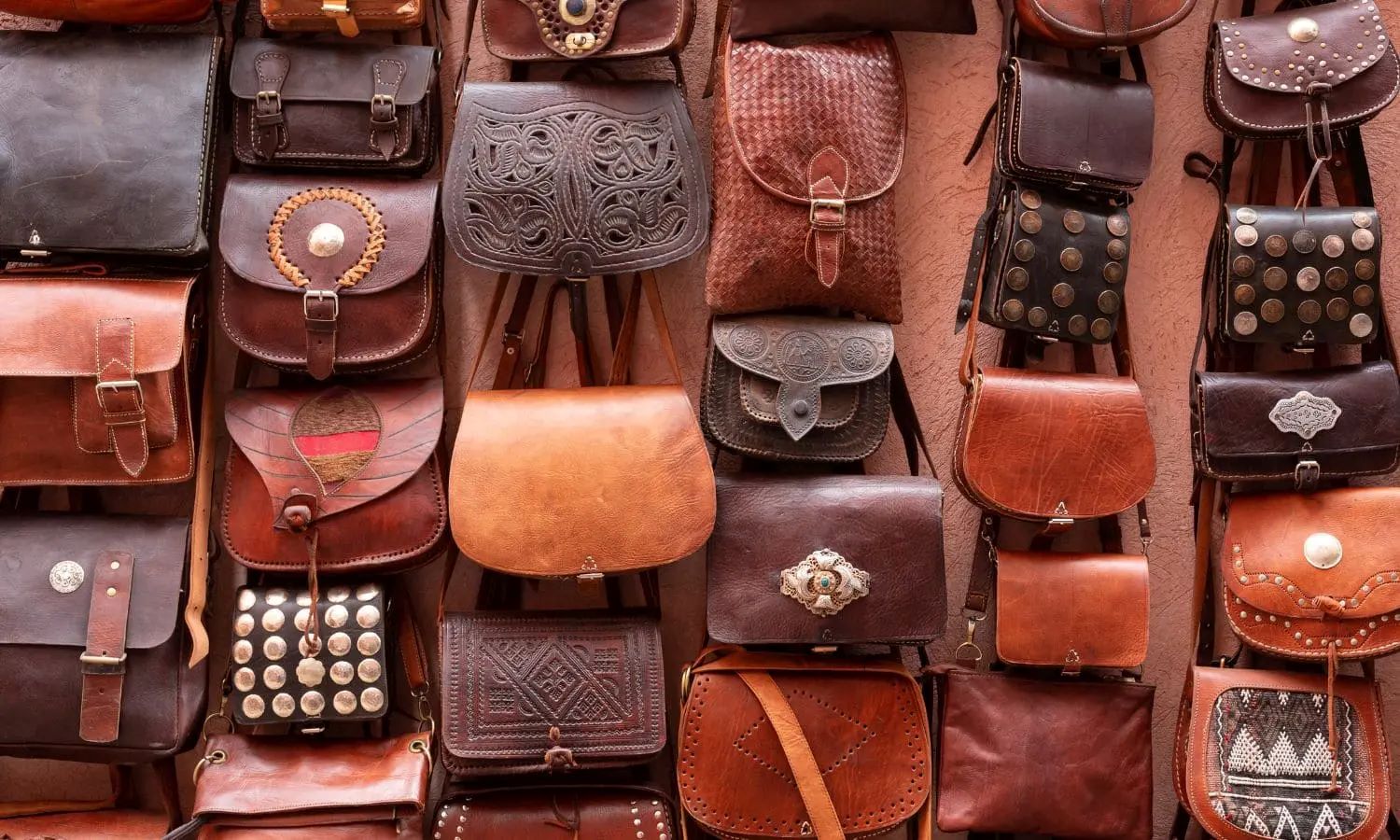
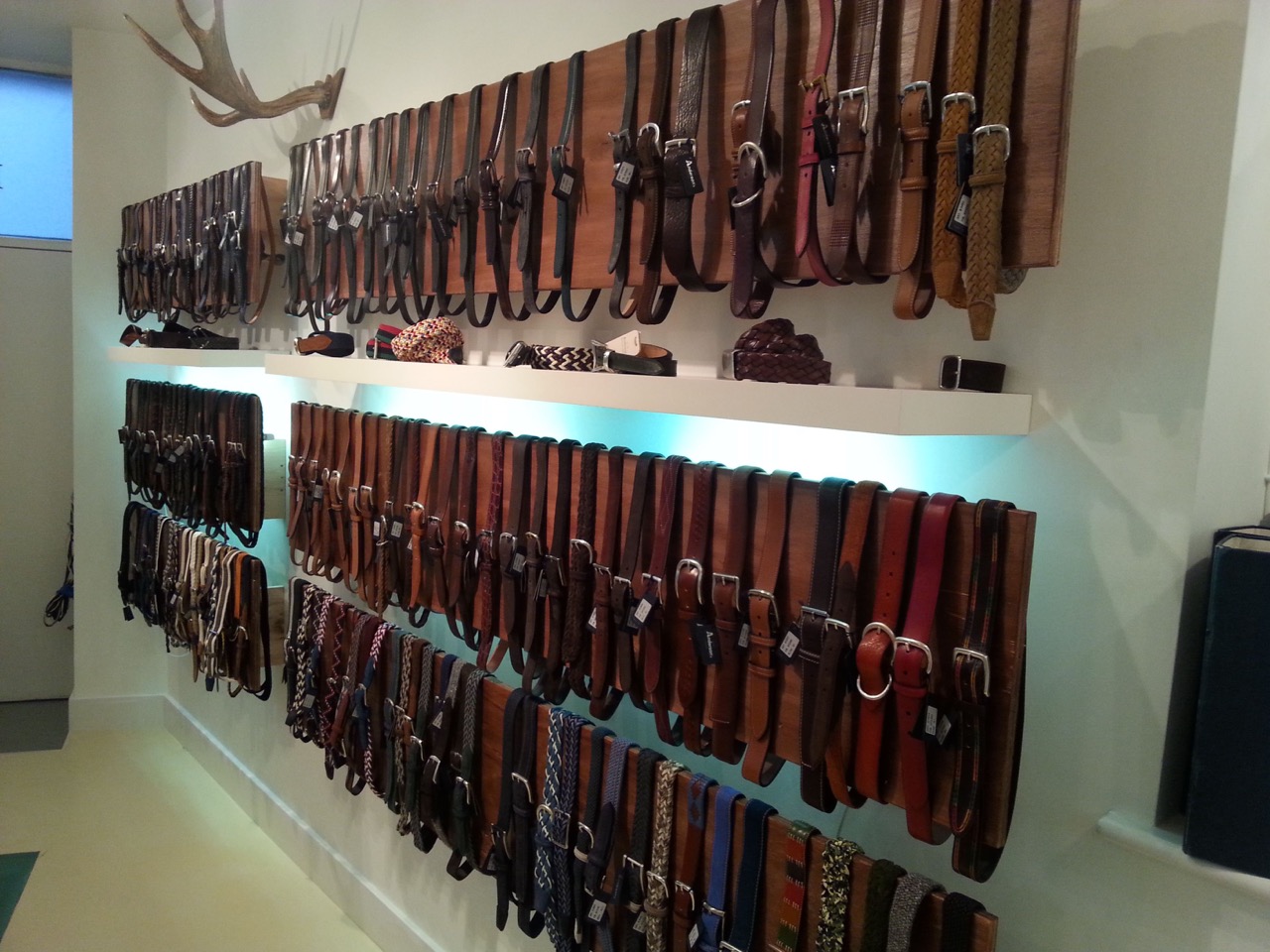

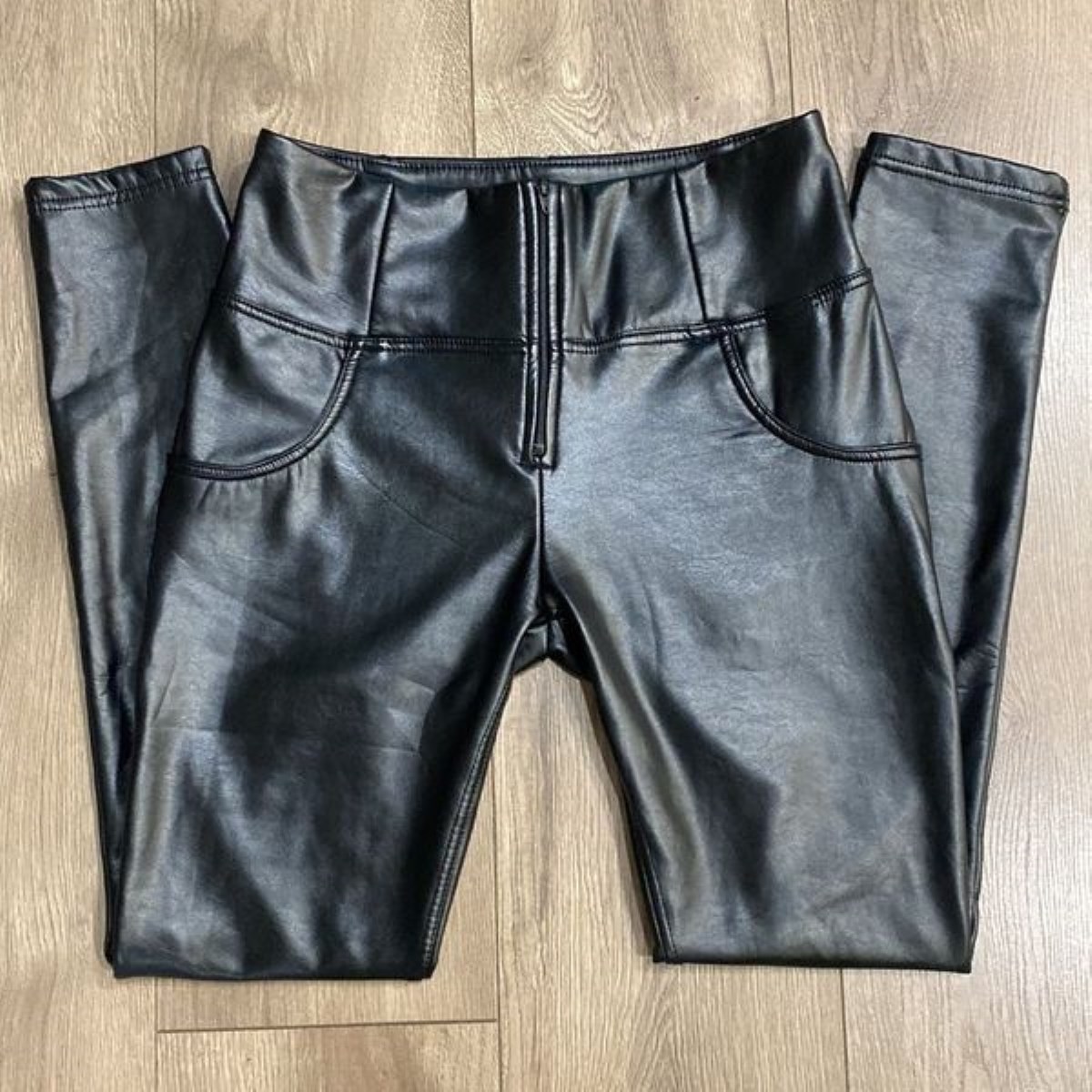
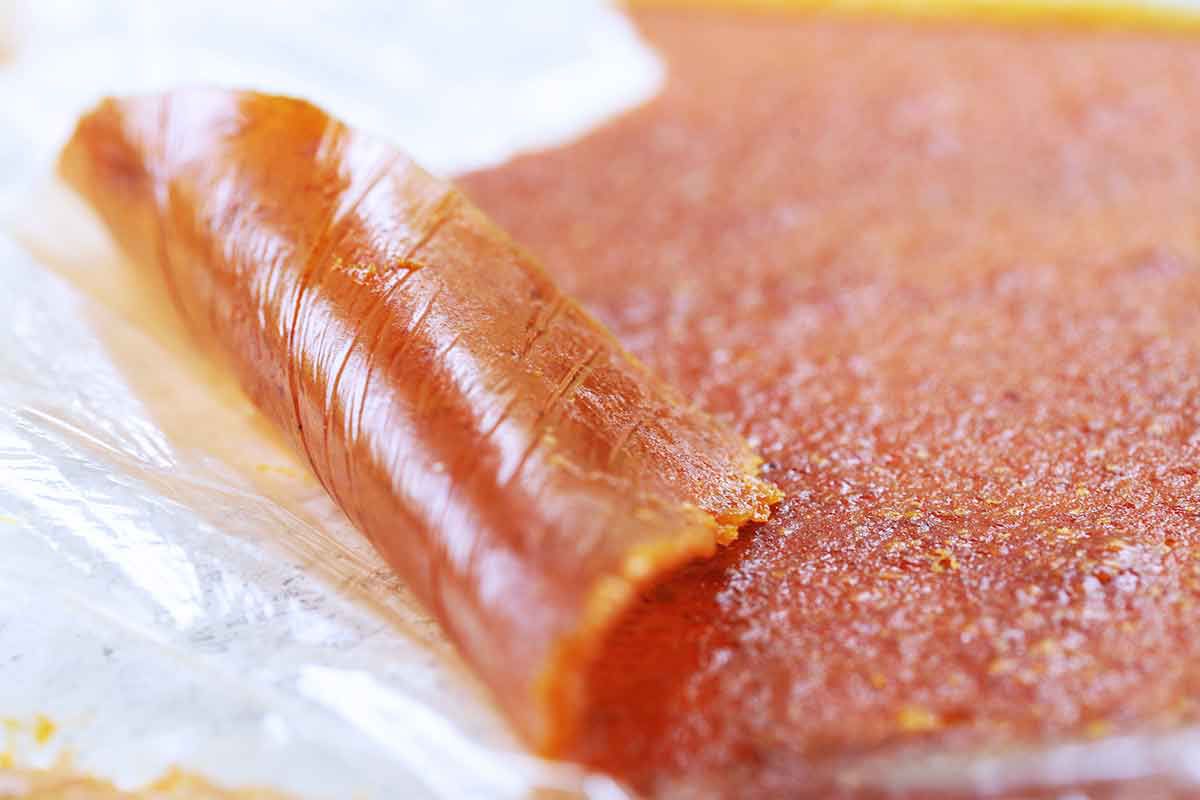
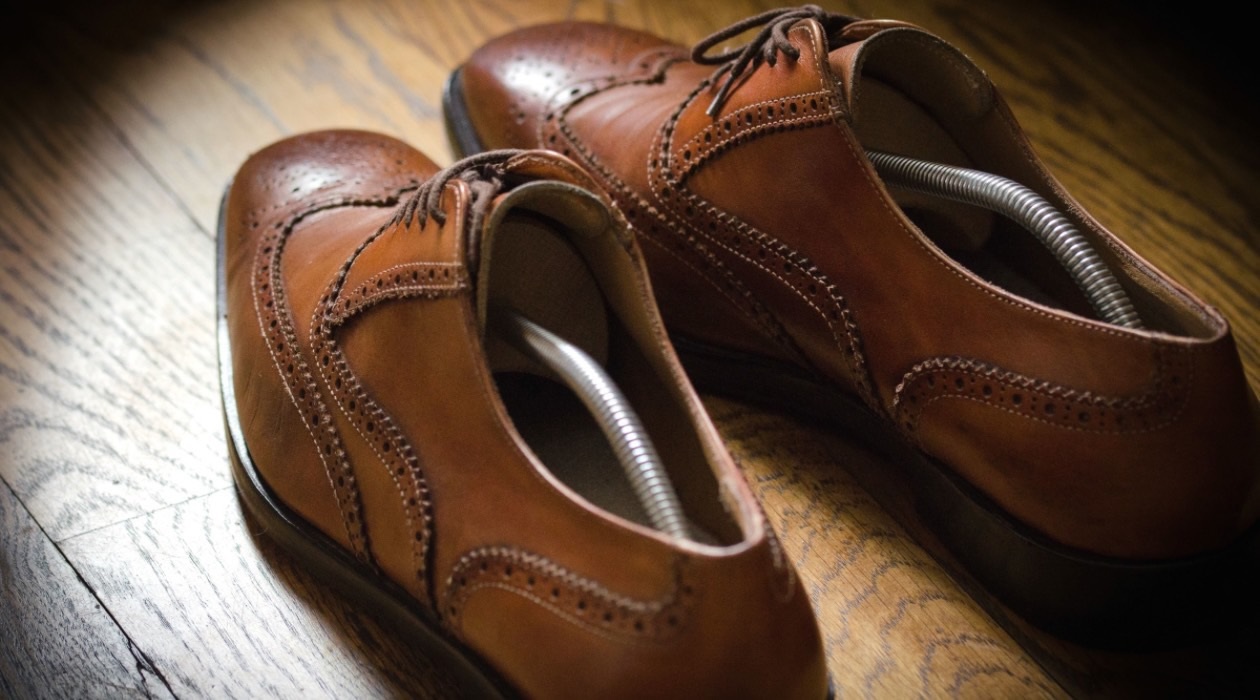
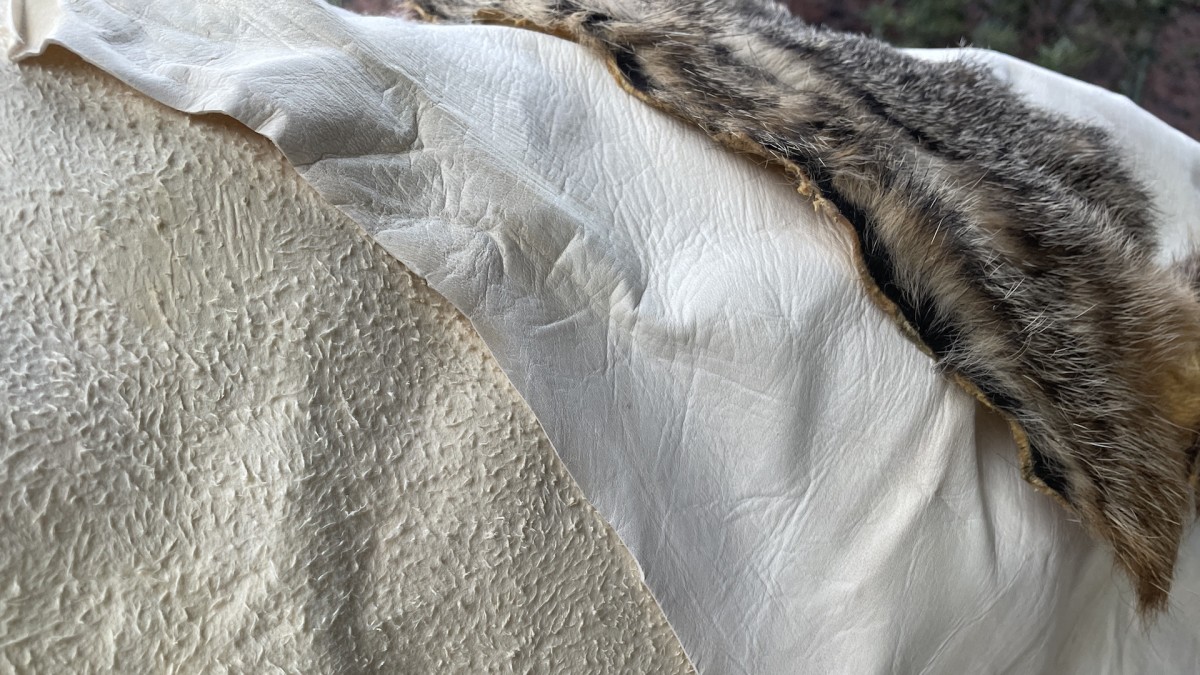
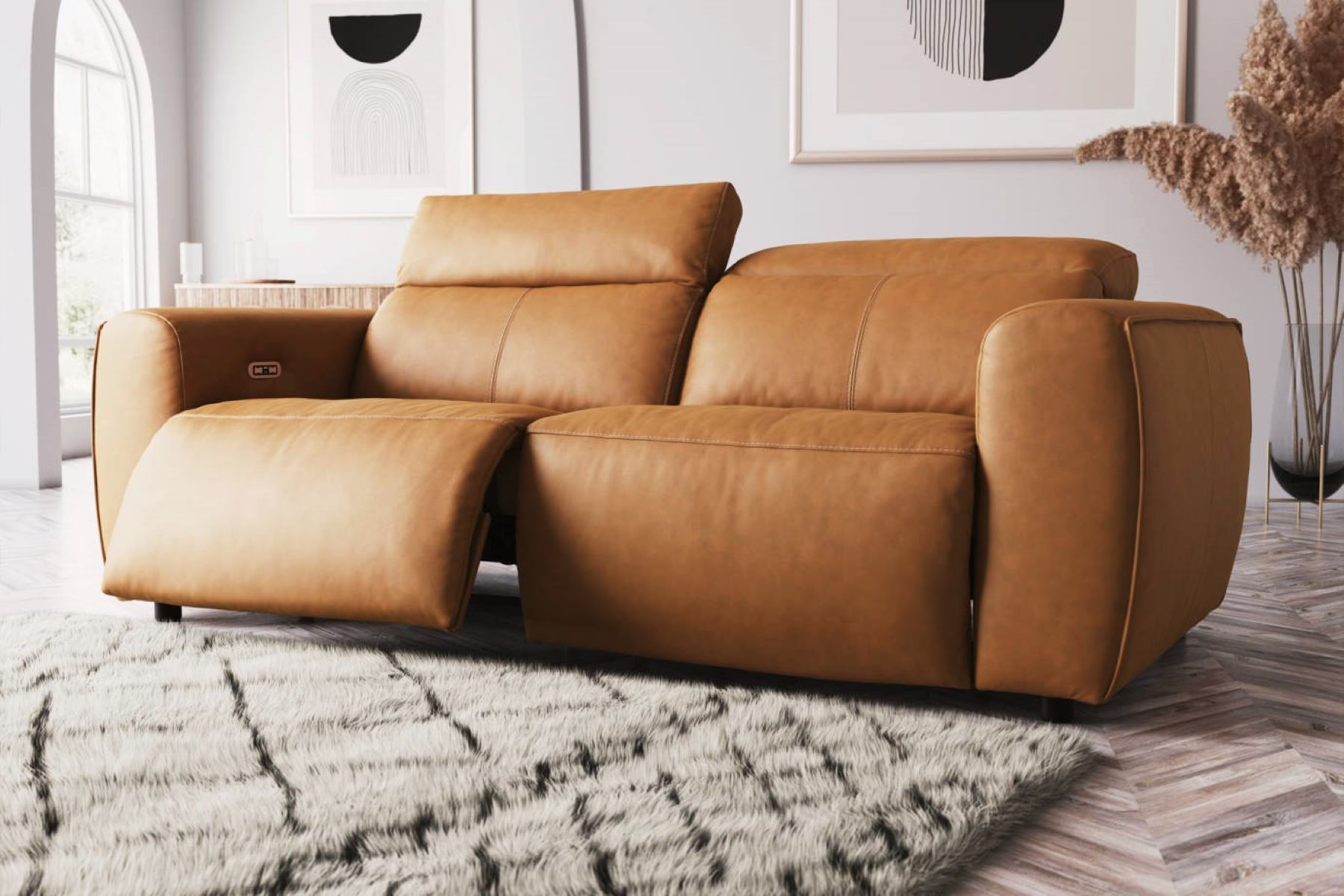



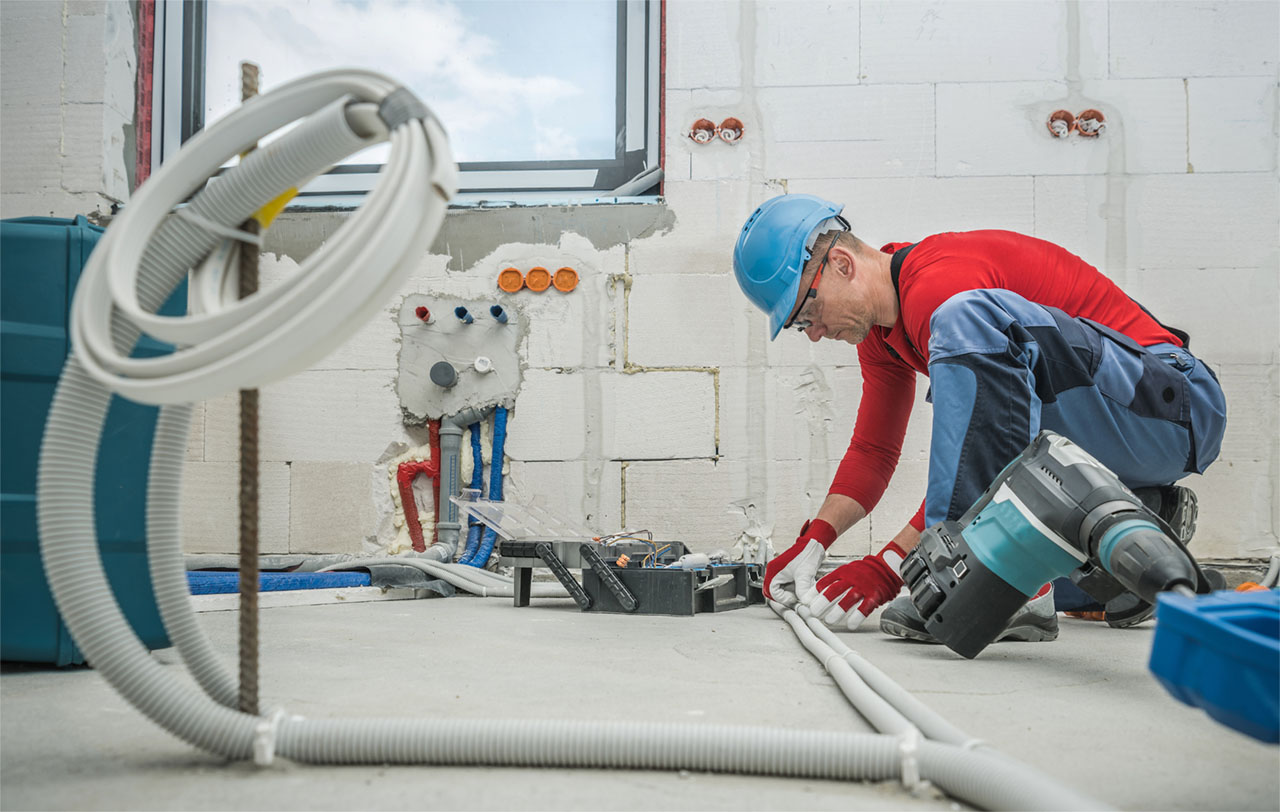
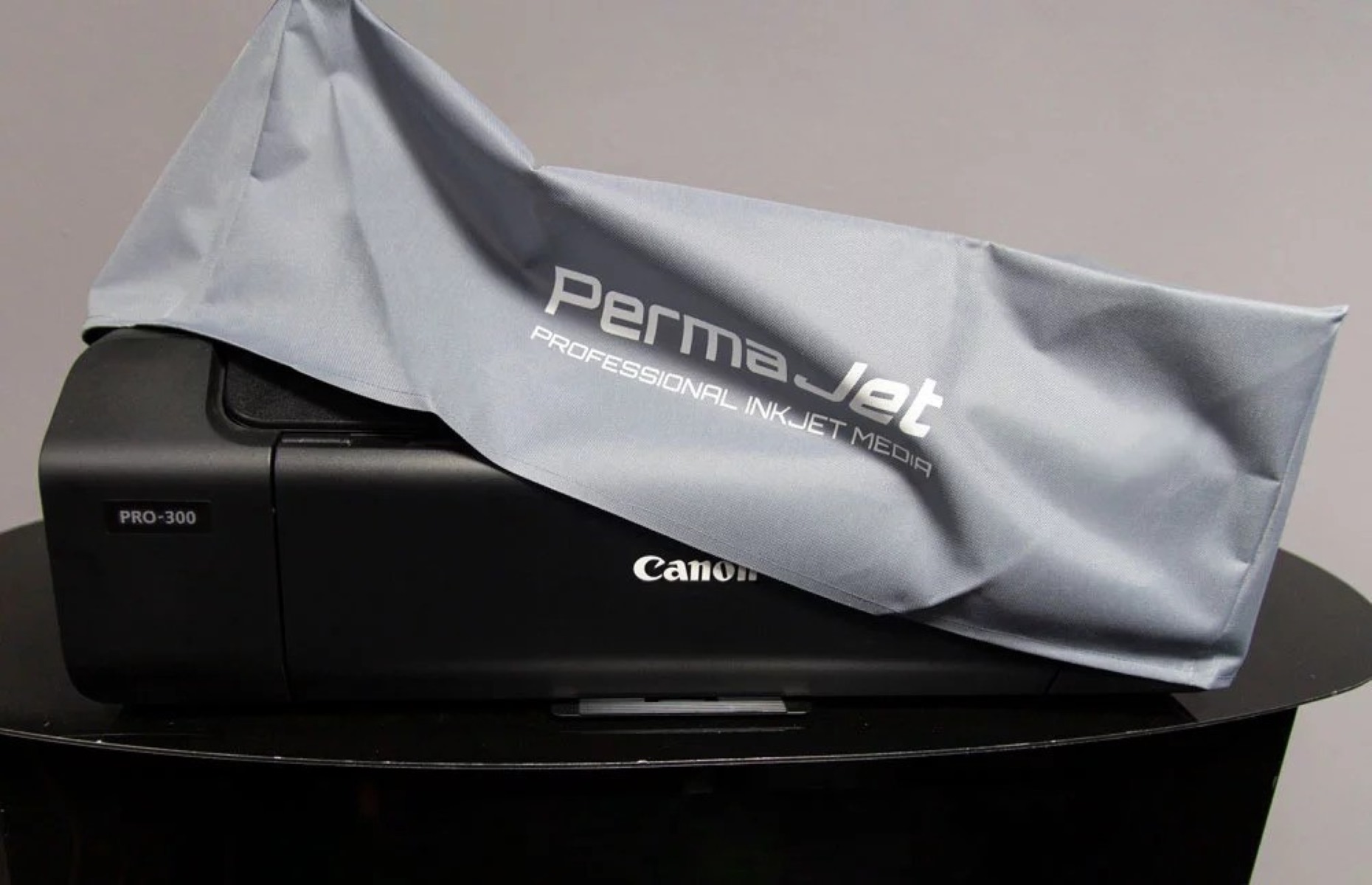

0 thoughts on “How To Store Leather Hides”